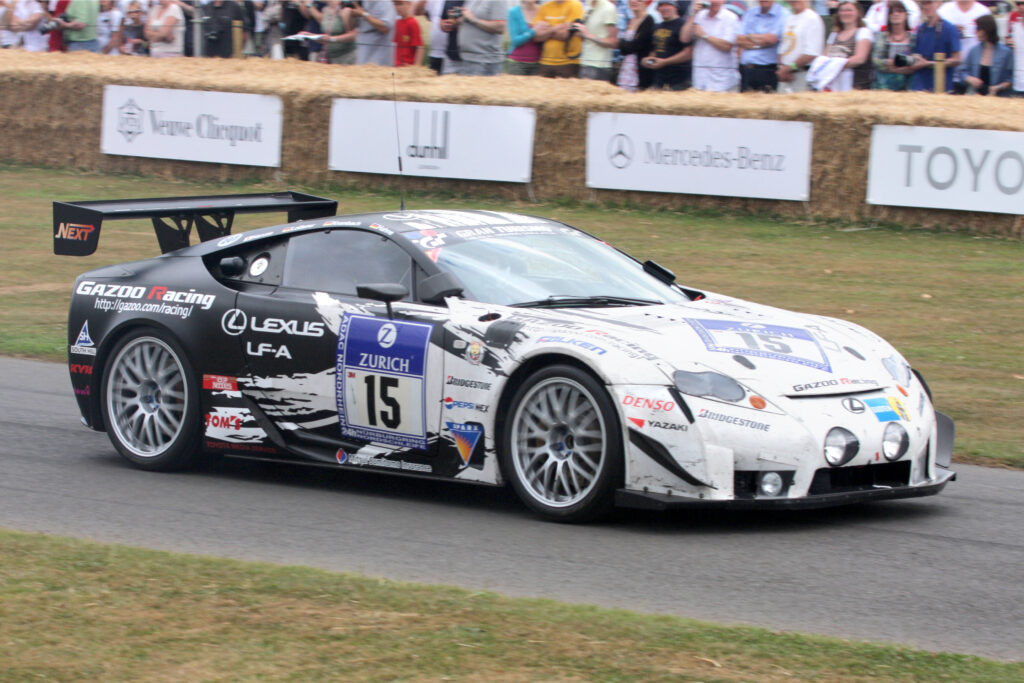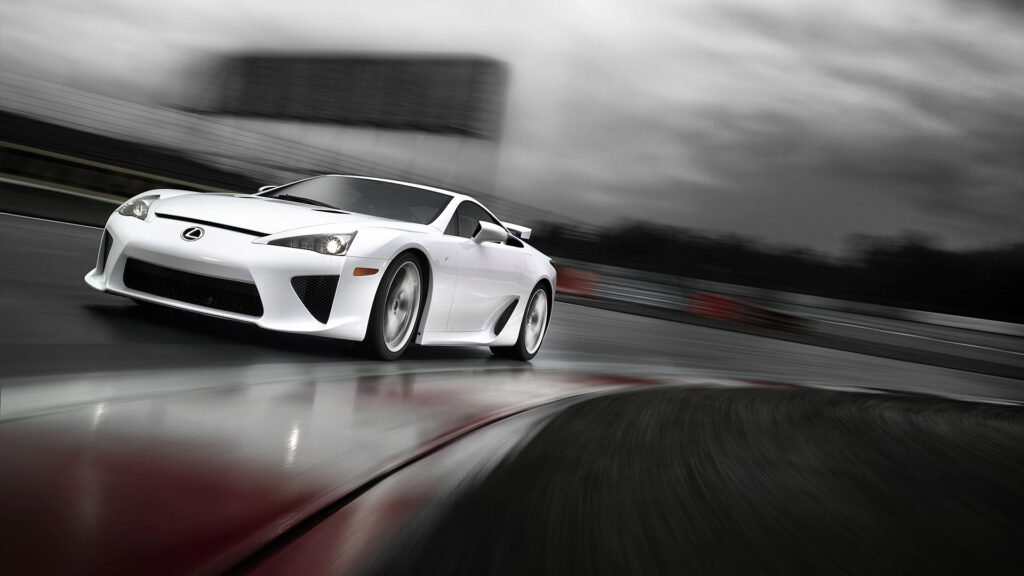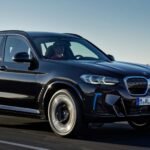
It was the time of the late 90s, when 2 gentlemen in Hokkaido, Japan sitting and enjoying their drinks at a bar, and were writing and discussing a dream on a couple of tissue papers of creating a timeless and unforgettable sports car from Japan to the world. And those were not any ordinary 2 drunk gentlemen, they were Toyota’s engineering mastermind Haruhiko Tanahashi and his boss and Toyota’s chief engineer at that time, Tetsuo Hattori. After that idea was discussed between Tanahashi and Hattori, a month passed and Tanahashi had become the head of a covert enterprise at Toyota and started to work on his dream project, code-named “Project P280”.

The main idea behind this project was to create a V6 convertible as a replacement for the MK4 Supra and to take on the Honda S2000, when Tanahashi discussed this idea of creating a mid-range V6 drop-top Supra replacement with his boss, his boss listened and directed him to think something bigger than a mid-range sports car, something that will be praised by people forever. Then Tanahashi thought harder and took inspiration from the G.O.A.T, the McLaren F1 because if you want to get toe-to-toe with the McLaren F1 you must think extraordinarily, to be inspired every time, they tested the F1 thoroughly at Shibetsu Proving Grounds, a secret facility developed for the formation of the Lexus brand. And Tanahashi got a former Japanese racing driver and the brilliant mind behind every important Toyota that is now a cult, Hiromu Naruse to work with him on P280. Naruse sat down with Tanahashi and started to write down a manifesto, they finalised 500 key points, and all points portrayed something bigger like the Mclaren F1.

Then a team of 170 people started to work on the project at a facility in Motomachi Japan, a building now known as ‘LFA Works’, but the cost of the project to even begin was gigantic, and the team of accountants at Toyota saw it as an unprofitable waste of time, and they saw it as a complete fail. So, to get rid of this situation, Tanahashi and Naruse got the grandson of Toyota and a senior board member of the company at that time, Akio Toyoda as their third member, because Naruse personally had given driving lessons to Akio when he was young, and they formed a stronger bond together after that moment. Tanahashi and Naruse convinced and shook hands with Akio to work on the project, and Akio fought for years in the defence of Project P280. And because of Akio, the project LFA had an unlimited budget. They then developed an aluminium prototype with each part from scratch, at first the idea was to develop a carbon fibre prototype, but Tanahashi canned it because the brand has never worked with carbon fibre and it was still new and rare material in the industry.

But in 2004, they got the prototype tested on the Nurburgring and Akio was the first to drive it, and what he liked was the high-revving nature of the 1LR-GUE V10 developed by Toyota and was tuned by Yamaha, at first the P280 prototype was supposed to be powered by a V8, as Toyota has a record of some fantastic V8 engines, instead, they took influence from Formula 1, and developed an explosive, which is praised till date.

The LFAs 4.8L naturally aspirated 1LR-GUE V10 generated 550hp and 480Nm of torque that redlined over 9000rpm, and was able to go over 322kmph, Lexus fitted a surge tank designed by Yamaha over the block, which was inspired by wind and string instruments lead to the LFAs incredible V10 symphony inside-out. The 1LR-GUE is also capable to rev from nought to the redline in a mere 6/10th of a second, that’s why it also holds the world’s fastest revving production engine record, it revved so fast that Lexus had to fit a digital tachometer especially designed to keep up the with the LFAs fast engine revs, so the driver can keep the track at what rpm he/she is, cause ordinary analog tachometer were out of the league of catch up with the revs of the 1LR-GUE V10.

In 2005 they revealed the LF-A concept at the Detroit Auto Show, and it didn’t look like any other Toyota, it got the beautiful and sensational lines of an exotic supercar, and Toyota showcased it to the media and the audience as a design inspiration for the cars that the brand will produce in the future, but at the end no matter how much they were going to lose money on this project, they have to reveal a road going example to the public, but at first the LF-A concept was built out of aluminium and every supercar Tanahashi got his hands on during testing were made out of carbon fibre, so he gets rid of his fear and started to develop the material at the Motomachi facility, according to experts it took 10 years to a company to develop carbon fibre in-house at that time, but Tanahashi did it in just 1 year, by doing that he changed how carbon fibre was developed with a new faster process.

Naruse was the one to make the LFA prototype taste the asphalt of the Nurburgring in 2004, so before the official launch of the LFA, Naruse decided to test its endurance by racing it in the 2009 Nurburgring 24hrs, they developed a pair of race-ready LFA prototypes under the name of Gazoo Racing, yes, that was the beginning of the Toyota’s motorsport division Gazoo Racing. One of the 2 drivers was Akio Toyoda himself because Akio was thoroughly involved with this project and was eager to test the LFA to its limits, Akio entered the race but secretively with the name Maurizio Kinoshita to hide his actual identity, they did not win, but learned that how capable the LFA is and what to be improved.

And they finally launched it, at the 2009 Tokyo motor show, but there were so many problems after the LFA got revealed after 9 years, it was priced at over 300,000 USD, and it was too late because Nissan launched the R35 GTR in 2007, it was way faster and cheaper than the LFA and Bugatti got the Veyron, which was almost inch by inch made out of carbon fibre. Lexus produced 550 LFAs in total for the world, but on every LFA sale Lexus didn’t even earn a single penny, but that didn’t mean that the LFA was no good instead, it was perfect, an engineering masterpiece with the world’s fastest revving production engine developed with Yamaha partnership and has an exhaust note that the automotive world will never forget, it was truly a gamechanger for Toyota.

Ever since after the 2009 Nurburgring 24hrs, LFA participated in every race after 2009 and Toyota won 3 times back-to-back, to celebrate those wins they decided to develop the Nurburgring edition LFA, and Naruse got his hands on one of the prototypes around the ring on the 23rd of June 2010, he was pushing it to its limits but an oncoming traffic lead his LFA into a drastic crash and at that moment we lost a mastermind behind every important Toyota and most importantly the LFA, Hiromu Naruse gave his heart and soul to the LFA project but his tragic death lead Toyota’s one of the most important projects to a dead end. Naruse humbly created some of the most brilliant machines for Toyota but his most loving child was definitely the LFA.

After one year of Naruse’s death, Toyota launched the LFA Nurburgring edition as Naruse’s last gift to the world. which had a bigger carbon fibre front splitter, carbon fibre fins on either side of the front bumper, a new set of lightweight alloys, got 10 more horses, and a huge fixed carbon fibre rear spoiler. Then in the same year, Japanese racing driver Akira Iida drove a stock LFA Nurburgring edition around the Green Hell and broke the record of the fastest production car ever made at that time, by doing the lap in 7:14.64 seconds.

The Lexus LFA is truly special, it began as an idea on a couple of tissue papers, took inspiration from the legend itself the McLaren F1, was unprofitable on the get-go, created by the perfect trio of Haruhiko Tanahashi, Akio Toyoda and Hiromu Naruse, made Toyota launch their own motorsport division ‘Gazoo Racing’, won 3 races back to back in one of the most challenging endurance races in the world, and changed the development of how in house carbon fibre is developed by reducing the time from 10 years to just 1 year. But most importantly it was an engineering marvel with the fastest revving engine underneath, which broke the record for the fastest car around the Green Hell in 2011, and even Jeremy Clarkson said that “The LFA is so good, not even the people who made it, know how to make it again”.








